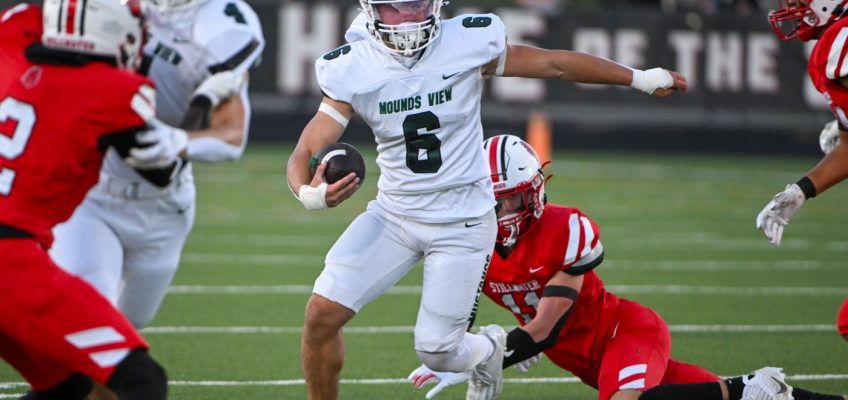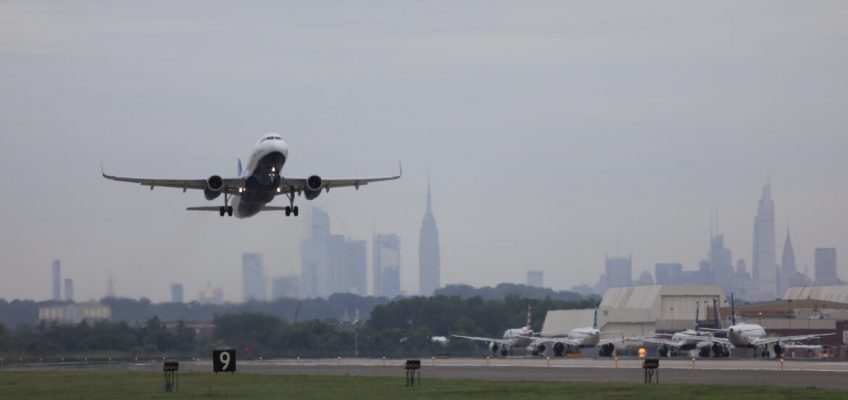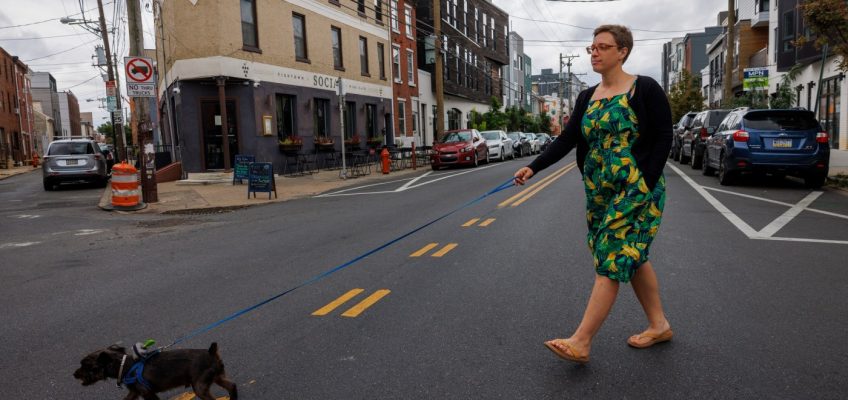Erin McCarthy | The Philadelphia Inquirer (TNS)
PHILADELPHIA — Amber Wilkie likes to multitask.
It makes the software engineer’s life easier if she can run a couple errands while on a lunchtime walk with her dog, Duncan.
That often means the 14-pound Yorkie-Schnauzer mix is coming inside, whether they’re dropping off a package or picking up groceries.
Wilkie comes down on one side of the consumer debate over whether dogs and other pets should be accompanying their humans to retail stores, supermarkets, and other private businesses. Some of these establishments welcome animals as an official business policy, and see no reason not to.
And even at some food-serving establishments — which in Pennsylvania and New Jersey are technically barred by health department rules from allowing non-service animals inside — business owners, individual managers or employees tend to flout the rules.
“I bring my dog into a store if it seems like it might be appropriate,” said Wilkie, a 40-year-old Kensington resident. If she’s unsure, she’ll ask store employees if it’s OK. The answers can vary from an enthusiastic yes, to a look the other way, to no way.
“If the store says ‘no dogs,’ whatever,” Wilkie said. But “it does make me less likely to shop there.”
While shoppers like Wilkie are less likely to patronize places that prohibit pets, others are turned off by stores that allow canine companions.
“I don’t know when it became the norm,” said a 60-year-old Ocean City, New Jersey, resident who requested anonymity due to fear of hate from pet-loving friends.
“Friday night, I went out to dinner, and I’m, honest to God, thinking there is a baby in a stroller,” she added. And “there is a little tiny yapping Yorkshire in the stroller next to me. And I’m like, ‘Are you kidding me?’”
In recent decades, pet ownership has skyrocketed, with more than 65 million households nationwide — and some 778,000 in the Philadelphia area, according to Census figures — owning at least one dog, the country’s most popular pet.
And more owners are bringing their fur babies with them to places once reserved only for humans and service animals.
Going pup-friendly for pandemic recovery
BringFido, which calls itself the world’s largest pet-friendly-travel website, has more than 700,000 businesses in its global database, said its destinations editor, Erin Ballinger. In recent years, it has seen an explosion in listings, especially among hotel chains, breweries, and restaurants with outdoor seating.
“The pandemic really sped that up,” Ballinger said. “Business owners were trying to get people to come and spend money at their business, and they were trying to give people what they wanted. And a lot of people wanted to bring their pets with them.”
There are a multitude of reasons for the increased demand, according to Ballinger: More people are delaying having children, or choosing not to, leaving them with time and disposable income. And, as a recent Pew survey found, more pet owners see their dogs — and cats, too — as much a part of the family as its human members.
“They don’t want to leave their family member at home after they’ve been at work all day,” Ballinger said. Some businesses lean hard into this line of thinking, she added, with breweries offering nonalcoholic “dog beers,” restaurants including canine menus, and hotels advertising pup amenities.
A woman walks her dog toward the entrance to a Rite Aid store in South Pasadena, California, on Oct. 18, 2023. (Frederic J. Brown/AFP/Getty Images/TNS)
The Kimpton Hotel Monaco in Old City, for example, will deliver pet beds and food and water bowls to guest rooms.
National chain retailers differ on what they allow. You can’t shop with a pet at Rite Aid or CVS, according to spokespeople, but you can do so at Macy’s, the Apple Store, HomeGoods, and Tractor Supply Co.
“We welcome leashed pets in our stores, all day, every day,” Tractor Supply spokesperson Tricia Whittemore said in a statement. “Our team members know many of them by name.”
Dogs can also legally take in a Phillies game during annual “Bark at the Park” nights. They are common dinner guests on restaurant patios and in beer gardens.
Pups can even roam off leash at the Manayunk dog bar, Bark Social, which opened last year and is Philadelphia’s only food-serving establishment where dogs are permitted inside, according to Palak Raval-Nelson, the city’s deputy commissioner for environmental health services.
“In general, animals are not allowed in such establishments,” Raval-Nelson said in a statement, pointing to the public health department’s food regulations. “Please note that there is an allowance for legitimate service animals, not ’emotional support’ animals, depending on the situation.”
Pennsylvania law, meanwhile, prohibits non-service animals in food-prep areas in grocery stores, restaurants, bars, wineries, convenience stores, and “other businesses that sell anything other than prepared, packaged food and drinks in their original packaging,” according to Shannon Powers, a spokesperson for the Pennsylvania Department of Agriculture. Animals are allowed in dining areas with dedicated servers that do not walk through other dining or food-prep areas.
When other shoppers complain about pets
Some consumers say they just want to see pet owners and businesses follow the rules.
“I don’t mind seeing pets, dogs, cats in Lowe’s, Home Depot, in stores that don’t sell food,” said Marge Gorman, a consumer from Washington Township, Gloucester County. “In stores that sell food, I think it’s a health risk.”
Six offbeat winter trip ideas that should definitely be on your radar
Coolcations, solo travel and other hot tourism trends
Your Google Wallet may soon be able to carry your passport
Spooky fall adventures in Europe’s most haunted destinations
Study finds travel can reduce impacts of premature aging
Just the other day at a bulk grocer near her home, Gorman said she saw a small dog with a fellow shopper.
“The dog is yapping, and then it’s sneezing, and I’m standing at the deli counter and I’m like, ‘That is disgusting,’” she said. “I totally turned around and am like, “I’ll get my lunch meat later.’”
Angel Ryan, an Ocean City nurse who trains therapy dogs, said she thinks some people blur the line between therapy or emotional support dogs and true service dogs for people with disabilities.
“I would love to take my dogs with me everywhere,’ she said. “I don’t because they’re therapy dogs, not service dogs.”
When Wilkie shops near Kensington, most fellow customers want to stop and pet Duncan, she said. It’s rare that someone is angered by the tiny rescue pup’s presence, but it’s happened.
A couple years ago, at a grocery store in Northern Liberties, a man yelled at Wilkie and Duncan while they were waiting at the deli counter. The man also confronted several other customers with dogs, and the store asked the man to leave. It turns out, Wilkie learned later, the store’s official policy doesn’t allow dogs.
“I was surprised that a grocery store would allow a dog, because it does seem odd,” Wilkie said. “But then I saw other dogs in the store.”
©2024 The Philadelphia Inquirer, LLC. Visit at inquirer.com. Distributed by Tribune Content Agency, LLC.




